American Chestnut (infected) finally gave fruit Zn 5a New England
petalique
6 years ago
Featured Answer
Sort by:Oldest
Comments (7)
Related Discussions
Peach varieties report 2009
Comments (34)I agree on jarred peaches, firm is best for those. I used to can peaches with my grandma when I was a boy and I still have a vivid memory of eating those peaches every time I visited her. Taste is indeed a fickle thing, and I don't think anyone can claim immunity to being influenced by "outside" information. I was once an "heirlooms are better" kind of guy (and I still am on tomatoes), but I did decide to plant a few modern fruits and its hard not to get wowed by a perfectly-ripened Gold Rush or Fuji. Some of my old posts on this board I was dissing Fuji based on the local orchard version which was overwatered/overfertilized, but I have had some incredible honeyed Fujis off of my own tree. If you are jealous I have an easy solution: get a few of 'em! I am happy to send you some scions if you are interested. If you want a productive, disease-resistant Crawford-type just get the Clayton. I think the Indian Free is also tops; these two are both productive. Scott...See MoreWhat's the most overplanted tree where you live?
Comments (150)In the Milwaukee (including suberbs)... Street Trees - Lindens, nice trees but they suffer from drought and defoliation from jap. bettles. I was just by Navy Pier Chicago and they too have a crap load of them. So many look like crap...must have been the drought. Shrub - Purple Sand Cherry, need a nice protected site to get 15 years out of them. My subdivision is 12 years old and there are lot of them dieing. Subdivsion trees - Autumn Blaze maple and River Birch. I have to say I still like these. The river birch needs a wet, acidic soil and when it gets that they are like gold with that crisp foilage and peely bark. Autumn Blaze is such a staple, but great form, drought tolerance and clay tolerance make it a great tree. I actually just ordered a 5 stem Autumn Blaze Maple, looks amazing. I just couldn't resist. Maples in our area always look fantastic. Even the Silver Maples still look good long has they had the space. Pears trees...watch what you read on these. These are great trees for southeast wisconsin. My old subdivision had some bradfords, which are ok, but its the Autumn Blaze Pear that is amazing. They last about 30 years by the way and their foilage stays crip, glossy green all season...plus the white flowers and amazing fall color. Neighbor down the street has one and it is goregeous in the spring...better than any crabapple in my opinion. I just plant a 2" caliper in spring...fall color is just kicking in....See MoreSpring Me a Surprise - Received...
Comments (150)I received a surprise today from Chris (grolikecrazy)! Thank you. :) The plain letter envelope had holes in it- looks like it was damaged in transit. There was no bubble wrap or other padding inside of it to cushion the seeds. Seeds sent to me with no bubbles almost always do get destroyed like this, because the PO runs mail through some hard metal rollers unless it's in a bubble mailer marked FRAGILE in big red letters. :( The Dianthus barbatus seeds were about 75% destroyed and the Red Noodle Yard Long Bean seeds were completely dust. Thank you grolikecrazy, for kindly sending to me. I can still sow the few Dianthus seeds that made it, and hopefully get some plants! Excited about that. :) I'm sorry this happened, Chris. You were so kind to send seeds to me. I'm very glad you were thinking of me, and some of the Dianthus seeds do appear to be usable. It made my day to receive this, even if it is just a few seeds. : ) Thanks, Grovespirit Wondering why the surprises I mailed out haven't shown up here yet. I do hope they didn't get lost in the mail....See MoreFall Roses in Islamabad, zone 9b.
Comments (154)I wish I could comment on your list, Khalid, but I don't grow any of them yet. it looks interesting with many varieties I don't see many having. I suppose some day I'll have to get Evelyn since you so highly recommend it, Straw and I love fragrance .I'm seriously considering SBP. Did you mention buying yours from Burling. If so, I may just get it come Spring since it can take a while to grow from bands even though I doubt I'll have a bed for it until autumn. Thank you, LL for you critique of the Kordes roses. I got 1st Crush late in the season as a mark-down from Lowe's. I checked on it yesterday and it's STILL putting on new healthy growth as are so many of my roses! I have yet to move it to its final home, so I'm thrilled it can take some shade as I want it in an Eastern exposure bed. How long have you had yours and how tall is it getting? Is it a bushy, well-clothed plant? Ideally it will go with Heathcliff, Othello, cl., Viking Queen and Sugar Moon, but if it's tall, it could go in my new North-Easter bed with Mme, A. Carriere and Tess Cl. I also want EA, but worry about her height, also. I may wait and see if Lowe's carries her in the Spring so I can see her blooms. She's stunning though in pics....See Morepetalique
6 years agocorkball (z9 FL)
6 years ago
Related Stories

KITCHEN DESIGNKitchen Recipes: Secret Ingredients of 5 One-of-a-Kind Cooking Spaces
Learn what went into these cooks’ kitchens — and what comes out of them
Full Story
MOST POPULAR5 Ways to Pare Down Your Stuff — Before It Gets in the Door
Want to free up some room around the house? Rethink gift giving, give yourself a shopping mantra and just say, ‘No, thank you’ to freebies
Full Story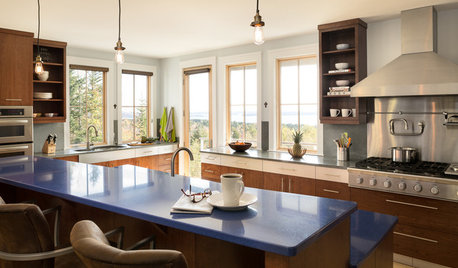
DECLUTTERING5 Ways to Jump-Start a Whole-House Decluttering Effort
If the piles of paperwork and jampacked closets have you feeling like a deer in the headlights, take a deep breath and a baby step
Full Story
HOUZZ TV FAVORITESHouzz TV: A New England Farmhouse Explodes With Color
Creativity and color burst from every corner in this unique 18th-century Massachusetts home for an artist and her family
Full Story
ECLECTIC STYLE5 Reasons to Hit That Secondhand Store
New things have their place, but old things have a history and beauty all their own
Full Story
HOMES AROUND THE WORLDAn American Chef Remodels in Paris (and Lives to Write About It)
Fixing up an apartment in a foreign land gives pastry chef David Lebovitz the ingredients for a new book
Full Story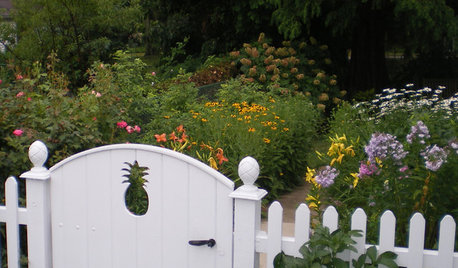
DECORATING GUIDESDesign Mystery: Why Do Pineapples Sprout Up in Home Design?
Early Americans were bananas about pineapples — and we’re still reaping the benefits of the sweet fruit’s symbolism today
Full Story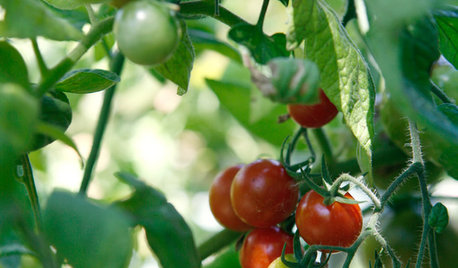
EDIBLE GARDENSSummer Crops: How to Grow Tomatoes
Plant tomato seedlings in spring for one of the best tastes of summer, fresh from your backyard
Full Story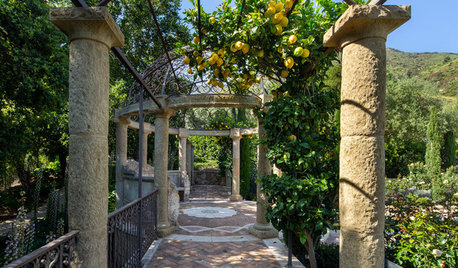
GARDENING GUIDESHow to Keep Your Citrus Trees Well Fed and Healthy
Ripe for some citrus fertilizer know-how? This mini guide will help your lemon, orange and grapefruit trees flourish
Full Story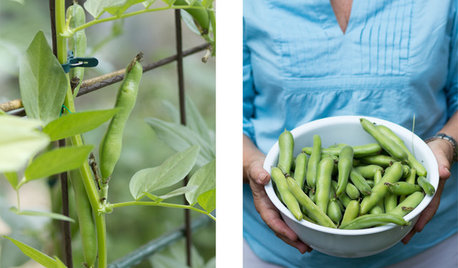
SUMMER FRUITS AND VEGETABLESSummer Crops: How to Grow Beans
Grow your own beans for amazing variety and healthy, convenient produce all summer
Full Story


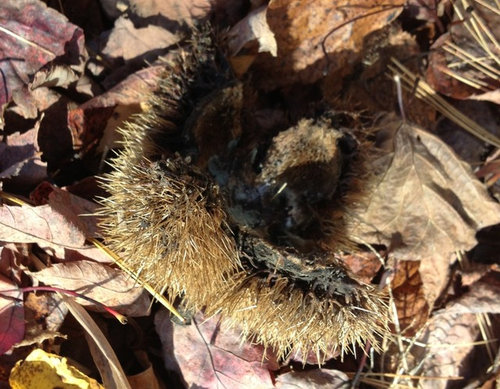
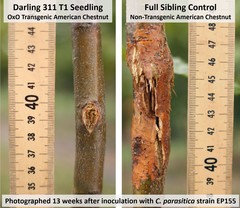
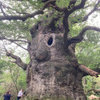

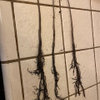
nandina